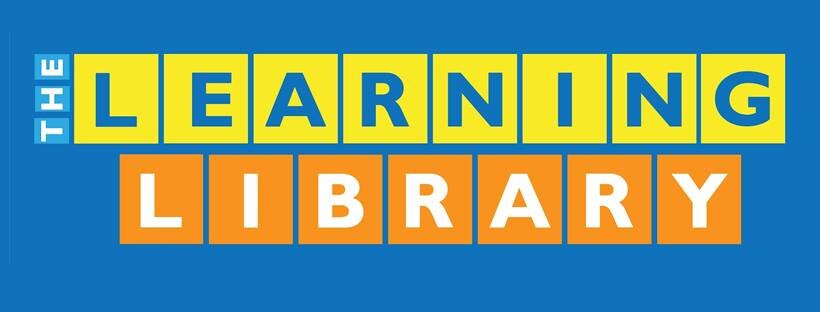Do children learn better through watching videos or reading?
By Eunice Torralba, Researcher
Learning can take place in different ways, and both videos and books are helpful in your child’s learning. But how do children learn better? Is one better than the other?
Learning through watching videos
Watching videos is a fun way to learn! In this age of digital media, there is better access to information and social media channels such as YouTube make it easier to look for educational material.Here are other reasons why watching videos helps children learn:
It’s instantly engaging.
Animation, especially, goes a long way in catching children’s attention and generating interest in a particular topic. And real-life videos bring the outside world to students – making it an instantly enriching experience.
It’s a multisensory activity.
Sight and sound are a powerful combination. Video provides strong visual cues that help learners understand the topic even when the language is hard to follow.
Tip: play a video on mute, then ask your child to guess what’s happening. This is similar to a reading prediction activity which teachers use to help students prepare for the material to be discussed. It’s fun, too!
It’s good for developing practical skills.
The fundamental learning skills of counting, writing, and reading (decoding) are easily demonstrated by video. How-to videos help children easily remember and apply what they’ve seen to real life.
On the other hand, these may hinder children from fully learning when watching videos:
They could easily be distracted.
When watching videos, extraneous details can draw students’ attention from what they actually need to learn: missing important details makes learning less effective. Animations can distract instead of aid, and pop-up advertisements will always be there to interrupt. There is also a tendency for students to switch applications when they get bored.
Content may not be reliable.
Not every video on comes from reliable sources. Some may be popular even through they don't contain the right information. It’s best to guide children and teach them how to fact check.
Learning through reading
Reading is not an easy or interesting activity for some children, but it is necessary for acquiring information and developing cognitive skills. The advantages of learning through reading include the following:
It enhances focus, concentration, and memory.
Compared to watching videos, children use only sight and are less likely to be distracted when truly interested. Aside from concentration, reading also enhances their memory: they retain long-term knowledge better when reading in print. When your child reads a book, they remember the page's visual image, which can make it easier to recall even the smallest details.
It develops imaginative skills.
When reading a story, children create their own pictures in their minds – not limiting themselves to what they see. The best children’s book illustrations aim to enhance imagination further and provide good exercise for developing creativity.
There is a sense of accomplishment.
At the end of a book, there is a sense of finishing a task. You can observe this in children when they share what they’ve read with others and feel happy and proud whenever they a book they’ve previously read.
On the other hand, there are reasons children watch videos more often than reading:
It can be less accessible.
Although e-books and other learning materials can be access for free on the Internet, it is more difficult to look for these compared to videos. Any child with a phone and WiFi can easily access YouTube and choose videos to watch.
It requires more time and effort.
When watching videos, children sit back and relax; reading requires them to focus and exert more effort, especially when the material required higher-order comprehension skills. This makes reading a daunting task for some children. It gets easier with practice, though! How to encourage your child to read? We have some tips here.
There may be differences between learning through watching and reading, but they are both good learning activities for your child! It takes time to know how to efficiently use different learning materials to create the right balance. Also, observing what works best for your child, and when, is important.
The Learning Library’s THE READING ADVANTAGE and ENGLISH EDGE help children develop a love for reading, reading comprehension skills, and writing skills – all while having fun! To learn more about our programs, e-mail us at inquiry@learninglibraries.com or visit our website.


